Ants With Wings | Flying Ants Uncovered: Insights & Facts

Key Takeaways:
- Flying ants are not a separate species of ant, but rather a stage in their life cycle.
- These winged ants, known as alates, are responsible for establishing new colonies and mating.
- Flying ant swarms mainly consist of male ants (drones) and reproductive female ants (queens).
- Swarming season for flying ants typically occurs in spring or fall.
- Indoor swarms of flying ants may indicate the presence of a larger ant colony within the home.
What Are Flying Ants and Why Do They Swarm?
Flying ants are fascinating creatures that play a crucial role in the life cycle of ant colonies. Contrary to popular belief, flying ants are not a separate species but represent a specific stage in their development. These fertile adult ants, known as alates, have developed wings for the purpose of reproduction.
During swarming season, which typically occurs in spring or fall, ant colonies produce winged ants, the alates. These alates are responsible for finding mates from other colonies and establishing new colonies themselves. The swarms consist primarily of male ants (drones) and reproductive female ants (queens), all seeking the chance to mate and ensure the continuation of their species.
But why do flying ants swarm in the first place? The answer lies in their quest for successful reproduction and the establishment of new colonies. By swarming, flying ants increase their chances of finding suitable mates from different colonies, ensuring genetic diversity. Additionally, swarming allows them to disperse and find favorable locations to start their new colonies, further expanding their populations and ensuring their survival.
"Flying ants are not a separate species from regular ants but represent a specific stage in their development."
Flying ants play a critical role in the ecology and balance of their environments. Their swarms create an opportunity for genetic exchange, while the establishment of new colonies helps sustain ant populations and their interactions with other organisms in the wild.
Now that we understand what flying ants are and why they swarm, let's explore in more detail when and why they swarm during swarming season.
When and Why Do Flying Ants Swarm?
Flying ants typically swarm during the spring or fall seasons, although indoor swarms may occur at other times due to the controlled temperature of homes. Swarming is triggered by various factors, including temperature and humidity. During the swarming season, flying ants, also known as alates, engage in a synchronized flight to find potential mates and establish new colonies.
The primary objective of flying ants during the swarming season is mating. The initial swarm, commonly referred to as the nuptial flight or flying ant day, is characterized by a high level of activity and lasts for a short period. Male ants, also known as drones, and female ants that are capable of reproducing, known as queens, are the main participants in these swarms.
After mating has taken place, the male ants die off, and the female ants discard their wings. The queen ants then seek suitable locations to start laying eggs and establish new colonies. The swarming behavior of flying ants allows for the dispersion of reproductive ants, increasing their chances of survival and colony formation.
| Factors | Influence |
|---|---|
| Temperature | Affects the timing and frequency of swarm events |
| Humidity | Plays a role in creating favorable swarm conditions |
| Daylight | Influences the timing of swarm initiation |
| Wind | Affects the dispersion of flying ants |
In summary, flying ants swarm during spring or fall to mate and establish new colonies. Swarming is triggered by factors such as temperature and humidity, allowing the reproductive ants to disperse and increase their chances of survival. Understanding the swarming behavior of flying ants can help homeowners better manage and address any swarming events that may occur in their homes.
Dealing with Indoor Flying Ant Swarms
Indoor flying ant swarms can be a nuisance, but they usually indicate the presence of a larger ant colony within the home. While the swarm itself is not the primary concern, it is important to address the underlying ant infestation.
There are several DIY methods to manage flying ant swarms, such as using an electric bug zapper racket or vacuuming them up. However, it's important to note that these methods may not completely eliminate the problem, as there may be hidden colonies within the walls or other inaccessible areas.
In such cases, it is advisable to seek professional pest control assistance. Pest control experts have the knowledge, experience, and tools to identify and eliminate ant colonies effectively, ensuring a long-term solution to the problem.
| Methods | Pros | Cons |
|---|---|---|
| Electric bug zapper racket | - Kills flying ants on contact - Easy to use - No chemicals involved |
- Limited range - May not fully eradicate hidden colonies |
| Vacuuming | - Quick and efficient - Removes flying ants from immediate area |
- May not eliminate hidden colonies - Requires frequent emptying and cleaning of the vacuum |
| DIY ant killer | - Can be effective against visible ant swarms - Affordable and accessible |
- May not reach hidden colonies - Potential harm to humans, pets, and the environment if not used correctly |
| Professional pest control | - Expert knowledge and experience - Targeted treatment methods - Long-term solution |
- Higher cost - Scheduling and coordination with service provider |
"While DIY methods can provide temporary relief, professional pest control is often the most effective solution for dealing with indoor flying ant swarms."
Identifying Flying Ants vs. Flying Termites
Correctly identifying flying ants is crucial as it helps differentiate them from flying termites, leading to appropriate treatment for infestations. Here's how you can differentiate between the two:
Body Shape
Flying ants have a distinct hourglass-like figure with a thin waist. On the other hand, flying termites have a more uniform body shape.
Wing Size
Ants have larger front wings and smaller back wings, while termite wings are all the same size and often extend beyond their bodies.
Antennae Shape
Ant antennae are bent, while termite antennae are straight.
By closely examining these characteristics, you can determine whether you're dealing with flying ants or flying termites.

Comparison of Flying Ants and Flying Termites
| Flying Ants | Flying Termites | |
|---|---|---|
| Body Shape | Distinct hourglass-like figure with a thin waist | More uniform body shape |
| Wing Size | Larger front wings, smaller back wings | All wings are the same size and extend beyond the body |
| Antennae Shape | Bent antennae | Straight antennae |
Using this information, you can confidently identify whether you have flying ants or flying termites on your property. Remember, accurate identification is crucial for effective pest control.
Prevention and Elimination of Ant Swarms in Homes
To effectively prevent and eliminate ant swarms in our homes, we need to understand the factors that attract ants and identify their potential nest locations. By addressing these key areas, we can minimize the presence of ant colonies and mitigate the chances of swarming inside our living spaces.
Identifying Potential Ant Nest Locations
Ants can establish nests in various areas of our homes, so it's important to inspect the following locations:
- Kitchens: Ants are attracted to food sources, spills, and crumbs in the kitchen.
- Bathrooms: Damp areas, such as around sinks and tubs, can be potential nesting sites.
- Basements: Dark and moist environments are favorable for ant colonies.
- Outdoor Vegetation: Ants may build nests near gardens or vegetation close to the house.
- Foundations: Cracks or gaps in the foundation provide entry points for ants.
- Damp Areas: Crawlspaces, attics, and other moisture-prone areas are attractive to ants.
- Decay Zones: Ants may target decayed wood or areas with organic material.
Implementing Effective Prevention Measures
Once we have identified the potential nest locations, we can take proactive steps to prevent ant swarms from forming indoors:
- Maintain cleanliness: Regularly clean up spills, crumbs, and food debris, especially in the kitchen.
- Seal entry points: Use caulk or sealant to close cracks and gaps in walls, foundations, and windows.
- Address moisture issues: Repair leaks and keep damp areas dry to discourage ant nesting.
- Remove outdoor temptations: Keep vegetation trimmed and away from windows and entrances.
- Eliminate decayed wood: Promptly replace or remove rotting wood to deter ants.
- Use ant repellents: Natural remedies like vinegar or commercial ant repellents can be effective preventive measures.
By implementing these prevention measures, we can significantly reduce the likelihood of ant swarms forming in our homes and keep these pesky pests at bay.
How to Get Rid of Flying Ants in Homes
If you find yourself dealing with a flying ant infestation in your home, there are several effective solutions you can try to eliminate these pests. Whether you prefer natural remedies or commercial insecticides, we have options to suit your needs.
Natural Solutions
If you prefer natural methods, you can use common household ingredients to repel or kill flying ants. Vinegar and soap water are two effective ingredients to make sprays that can discourage or eliminate these pests. Simply mix equal parts vinegar and water or dilute dish soap with water in a spray bottle. Spray the solution directly on the flying ants or areas where they are active, such as window sills, doorways, and kitchen countertops.
Commercial Insecticides
If you're dealing with a more severe flying ant infestation, you may opt for commercial insecticides specifically designed for ants. These products can be highly effective in eliminating the pests and preventing future swarms. Read the instructions carefully and follow the recommended application methods to ensure the best results.
Pro Tip: When using any type of spray or insecticide, make sure to avoid contact with food, children, and pets. Follow the safety guidelines provided by the manufacturer to protect yourself and your loved ones.
Professional Exterminators
In some cases, DIY solutions may not provide the desired level of guarantee, especially if the flying ant infestation persists or is widespread. In such situations, it is advisable to seek assistance from professional exterminators. These experts have the knowledge, experience, and tools to thoroughly assess the infestation, identify the root cause, and implement effective treatment strategies. They can provide targeted solutions to eliminate the flying ant problem and offer recommendations to prevent future infestations.
Remember, when dealing with a flying ant infestation, prompt action is key to prevent the problem from escalating. Assess the severity of the infestation and choose the best solution for your situation. If DIY methods are unsuccessful or if the issue persists, don't hesitate to reach out to professional pest control services.
| Natural Solutions | Commercial Insecticides | Professional Exterminators |
|---|---|---|
| Effective for small infestations | Highly effective in eliminating ants | Thorough assessment and treatment |
| Repellent sprays with vinegar or soap | Specifically designed for ant control | Knowledgeable professionals |
| Safe for use around children and pets | Follow instructions for best results | Tools and methods for complete elimination |
| May require repeated application | Prevents future swarms | Prevention recommendations |
What Is Flying Ant Day?
Flying Ant Day is an annual phenomenon that marks the moment when flying ants swarm in large numbers, creating a captivating display in the sky. While it is called "Flying Ant Day," it is not limited to a specific day but rather a period during the summer months when the weather is warm and dry. This annual event captures the attention of many, as people witness swarms of flying ants in their gardens, parks, and other outdoor spaces.
The exact timing of Flying Ant Day can vary depending on the location and prevailing weather conditions. Generally, it occurs when the conditions are ideal for swarming, such as after a period of hot and humid weather. When these conditions align, colonies of flying ants synchronize their mating flights, resulting in large-scale swarming.
The swarming behavior of flying ants is a remarkable example of swarm intelligence. As the swarms take to the skies, the collective actions of the ants in the colony serve their biological roles, such as mating and establishing new colonies. This phenomenon demonstrates the intricate coordination and cooperation within ant colonies, highlighting their fascinating and complex social structure.

The Significance of Flying Ants in the Ecosystem
Flying ants play a vital and often underestimated role in the ecosystem. While they may be seen as a nuisance to humans, it's important to recognize their ecological value and the impact they have on the environment.
One of the significant contributions of flying ants is their role in soil aeration. As they dig and build their nests, they create tunnels and cavities in the soil, which allows for better air circulation. This soil aeration promotes healthier root growth in plants and helps improve overall soil quality.
Additionally, flying ants engage in nutrient recycling. As they excavate their nests, they bring up nutrients from deeper soil layers and incorporate them into the upper layers where they are more accessible to plants. This recycling process enriches the soil and enhances its fertility, which is beneficial for natural environments, gardens, and agricultural fields.
Another important aspect of flying ants' ecological role is their significance as a food source for birds. During their swarming periods, flying ants provide birds with a plentiful and nutritious food supply. Birds, especially insectivorous species, rely on these flying ants to fulfill their dietary needs. This contributes to the ecological balance and sustains bird populations.
It is crucial to understand that every species, no matter how small or seemingly insignificant, plays a specific role in the ecosystem. While flying ants may not always be welcome guests in our homes, it's essential to coexist with them in their natural habitats, recognizing the crucial ecological functions they serve.
Interesting Facts About Flying Ants:
- Flying ants are not a separate species, but rather a stage in the life cycle of most ant species.
- They are produced by ant colonies during swarming season for the purpose of mating and establishing new colonies.
- Flying ants' swarming behavior is known as swarm intelligence.
- They help aerate the soil through nest-digging activities, promoting healthier plant growth.
- Flying ants contribute to nutrient recycling, enriching the soil and enhancing its fertility.
- They serve as a valuable food source for birds, supporting bird populations and ecological balance.
Should You Eliminate Flying Ants in Your Garden?
When it comes to flying ants in your garden, it's important to consider the bigger picture and the role they play in maintaining a balanced ecosystem. While these insects might be an annoyance to some, they actually contribute in various ways to the overall health and fertility of your garden.
Flying ants engage in nest-digging activities that help aerate the soil, allowing for better water and nutrient absorption by plants. This, in turn, promotes the growth and vitality of your garden plants. The ants also play a part in nutrient recycling, as their activities break down organic matter and release essential nutrients back into the soil.
But the benefits don't stop there. Flying ants serve as a valuable food source for birds, helping to sustain their populations and contribute to the natural balance of your garden ecosystem. By eliminating flying ants, you may disrupt this delicate balance and affect the biodiversity of your garden.
If flying ants have become a nuisance in your garden, there are non-harmful ways to manage their presence. Natural repellents, such as planting aromatic herbs like mint or lavender, can help deter them from certain areas. Additionally, practicing good garden hygiene, such as removing decaying plant material or keeping your garden free from standing water, can make your garden less appealing to flying ants.
Remember, coexisting with flying ants in your garden can contribute to the overall health and fertility of your outdoor space. By respecting their ecological role, you can create a thriving and harmonious environment for both your plants and local wildlife.
| Pros of Leaving Flying Ants in Your Garden | Cons of Eliminating Flying Ants in Your Garden |
|---|---|
|
|
Frequently Asked Questions about Flying Ants
Q: What are flying ants and do they bite?
A: Flying ants are winged ants that swarm during certain times of the year as part of their reproductive cycle. While they may look intimidating, flying ants are usually harmless and rarely bite humans. However, some species of ants may bite or sting if they feel threatened, so it's best to avoid handling them.
Q: Are flying ant swarms dangerous or harmful?
A: Flying ant swarms may be annoying, but they are generally harmless. The main purpose of swarming is for mating and establishing new colonies. Once mating has occurred, the male ants die off, and the female ants lose their wings to start new colonies. While the swarms can be a nuisance, they do not pose any significant harm to humans or property.
Q: How can I deal with flying ants in my home?
A: If you're dealing with flying ants in your home, there are a few steps you can take. Start by identifying and sealing any entry points to prevent more ants from entering. You can also use natural repellents like vinegar or soap water to discourage them. If the infestation persists or is widespread, it's best to consult a professional pest control service for effective and long-term solutions.
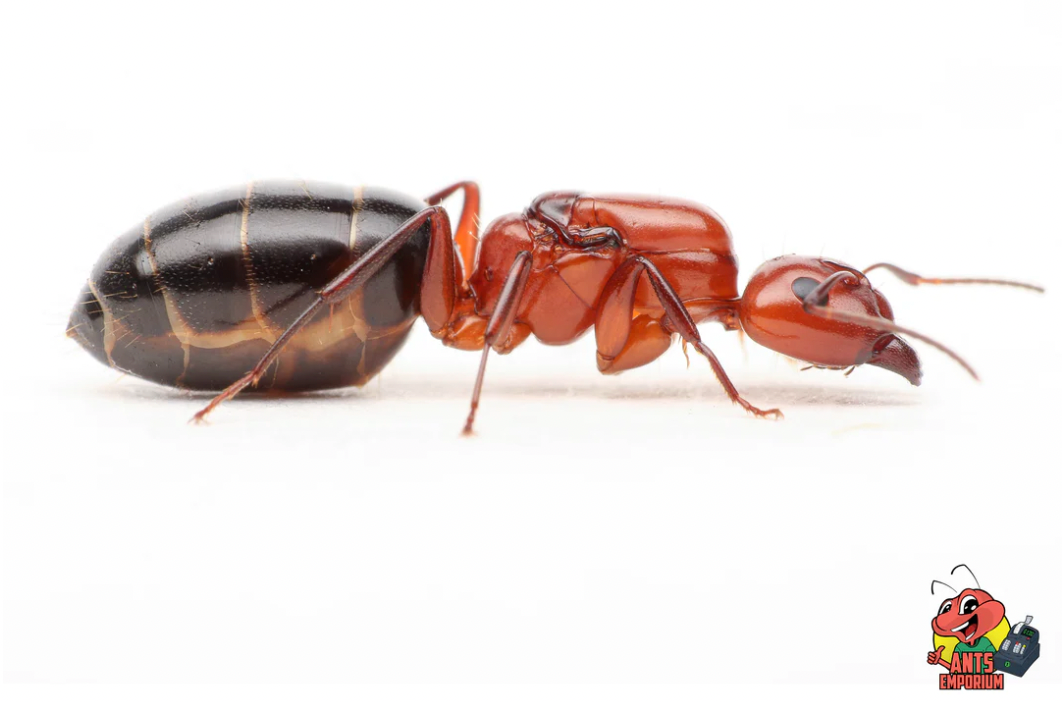
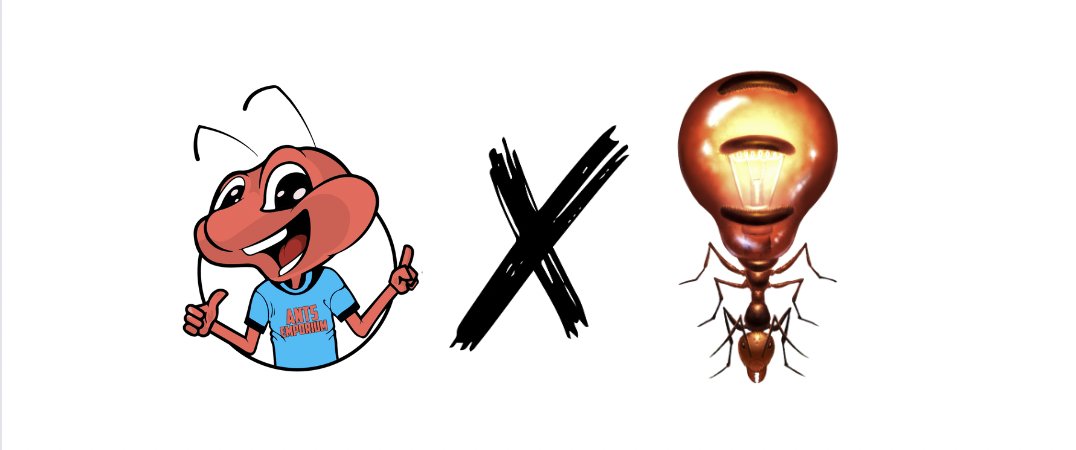
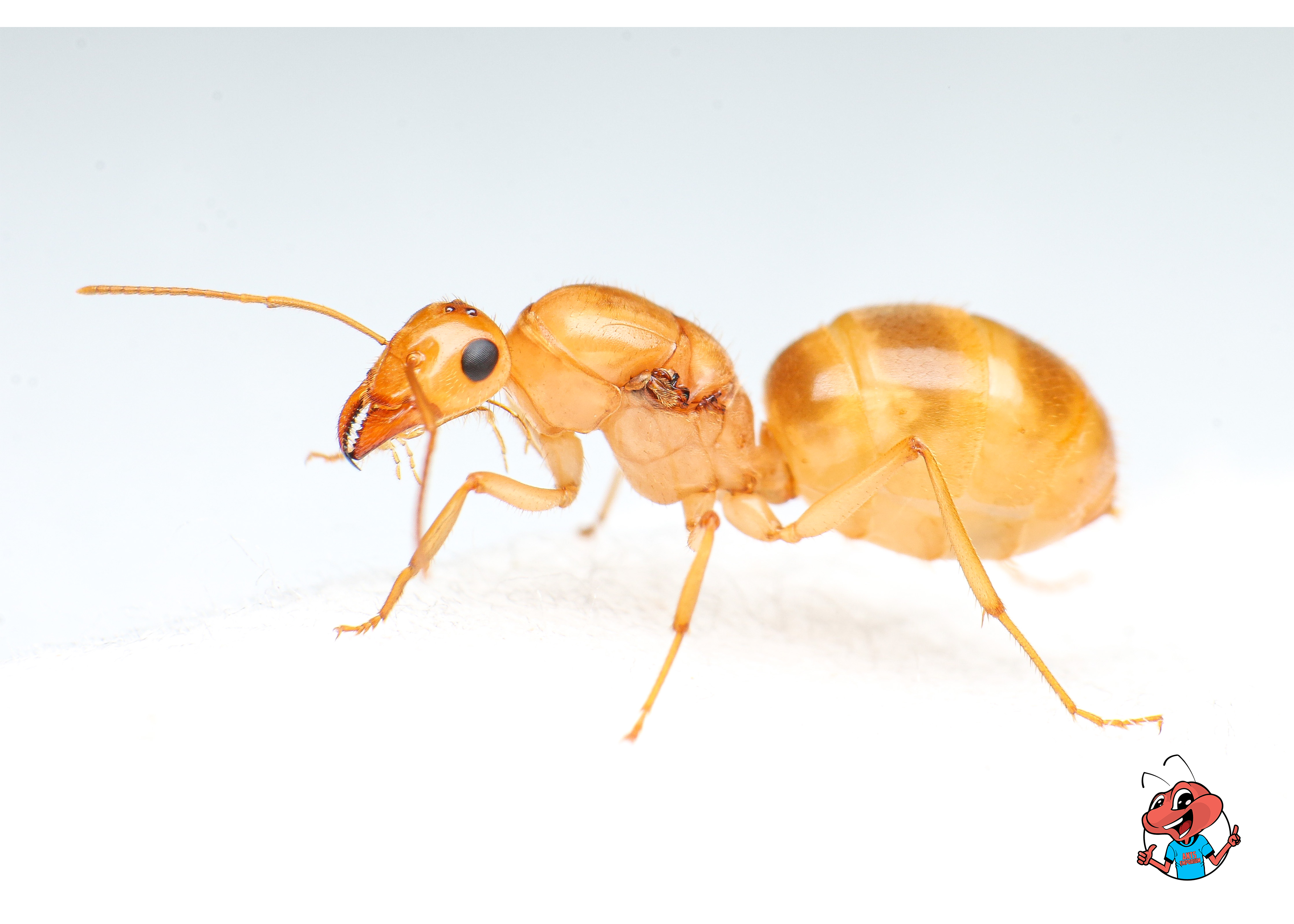
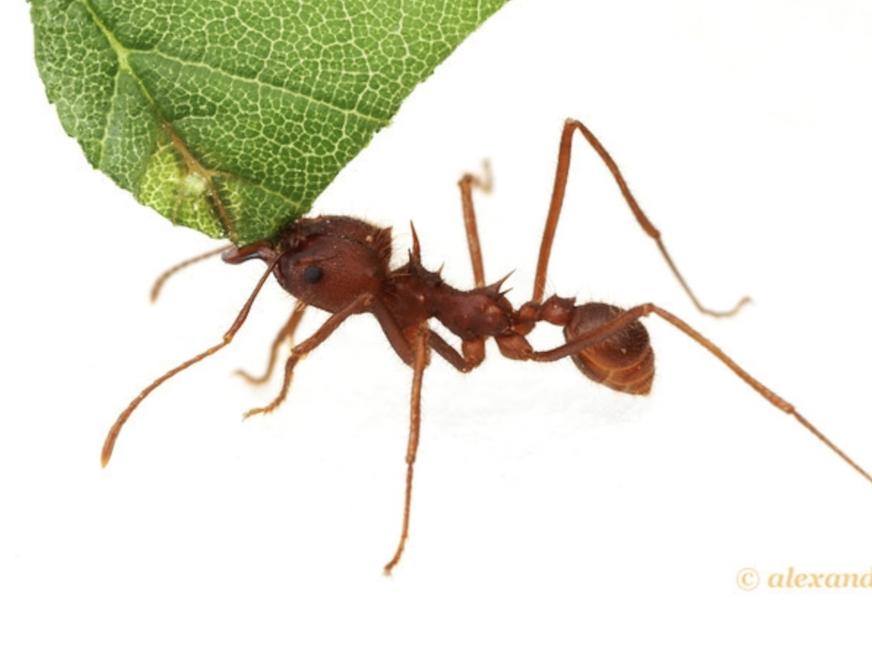
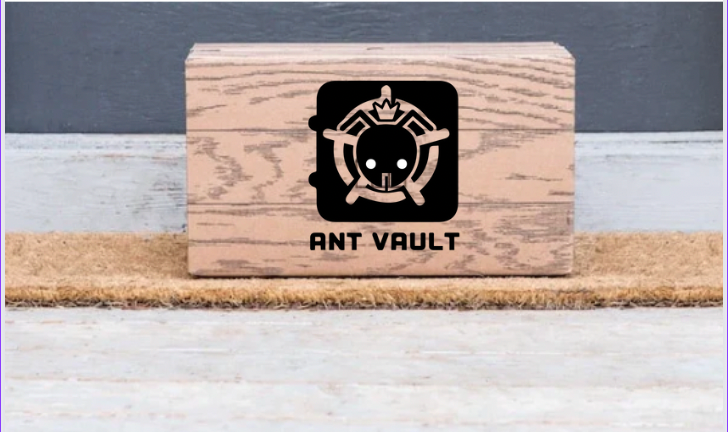



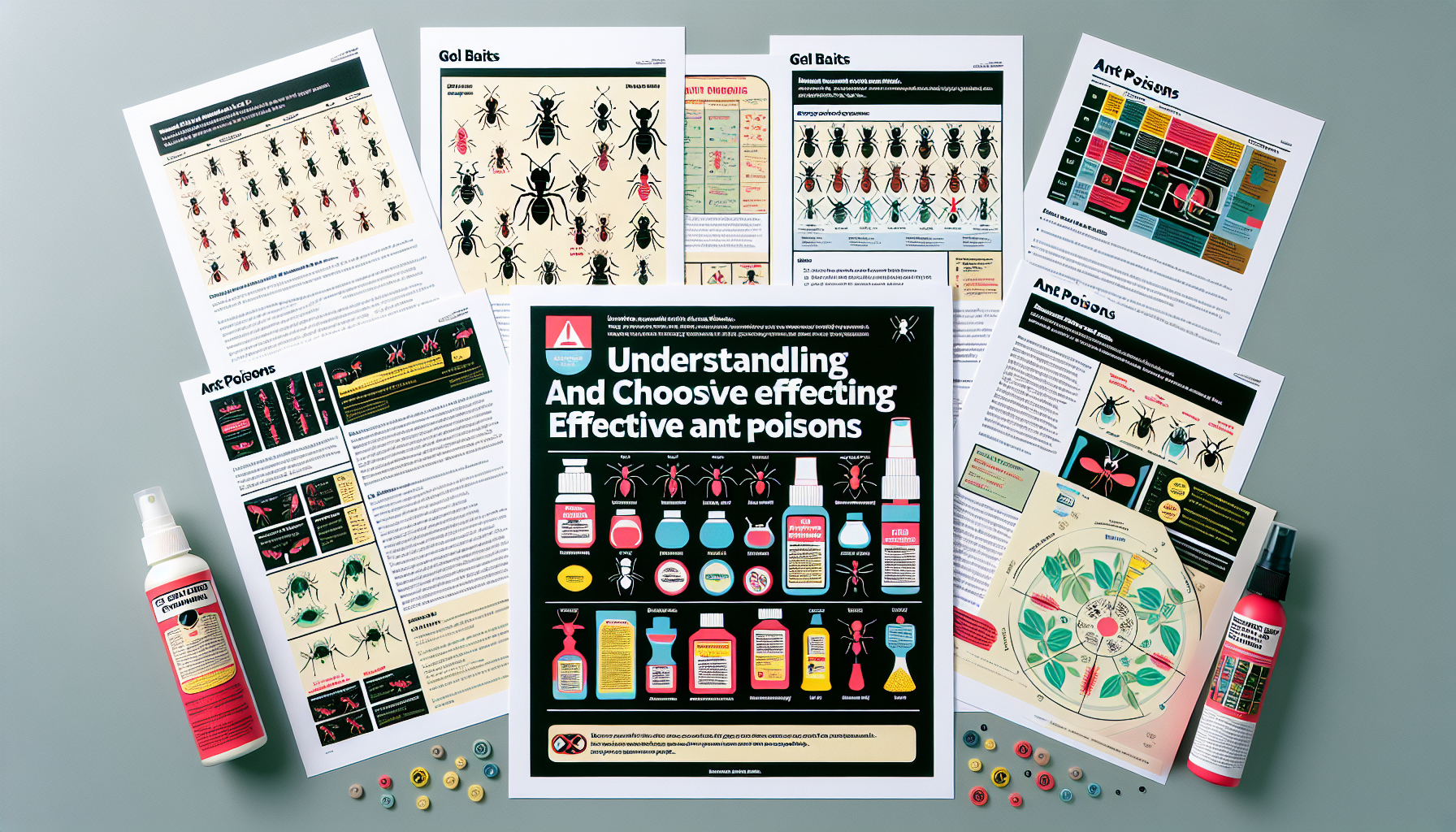
Leave a comment